Category: Astronomy 101
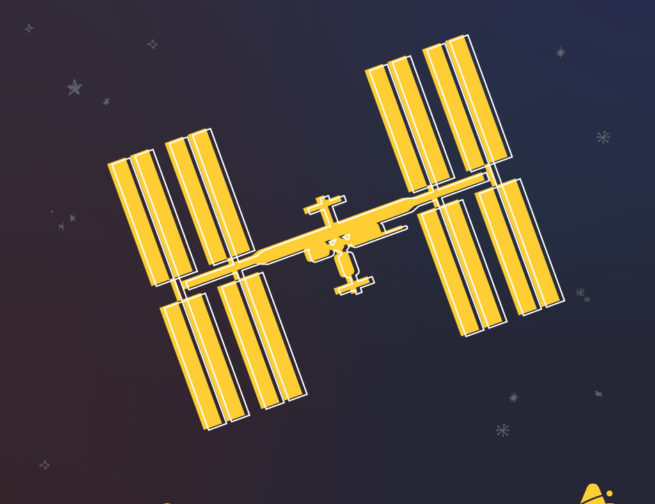
How to Spot the International Space Station
Every summer, Michelle Larson, President and CEO of the Adler Planetarium, loves to attend a star party (or two!) with her family. Star parties are one of those scenarios where groups of people get together and camp out in a place where the night sky is highly visible. People bring tents, blankets, hot chocolate… and […]
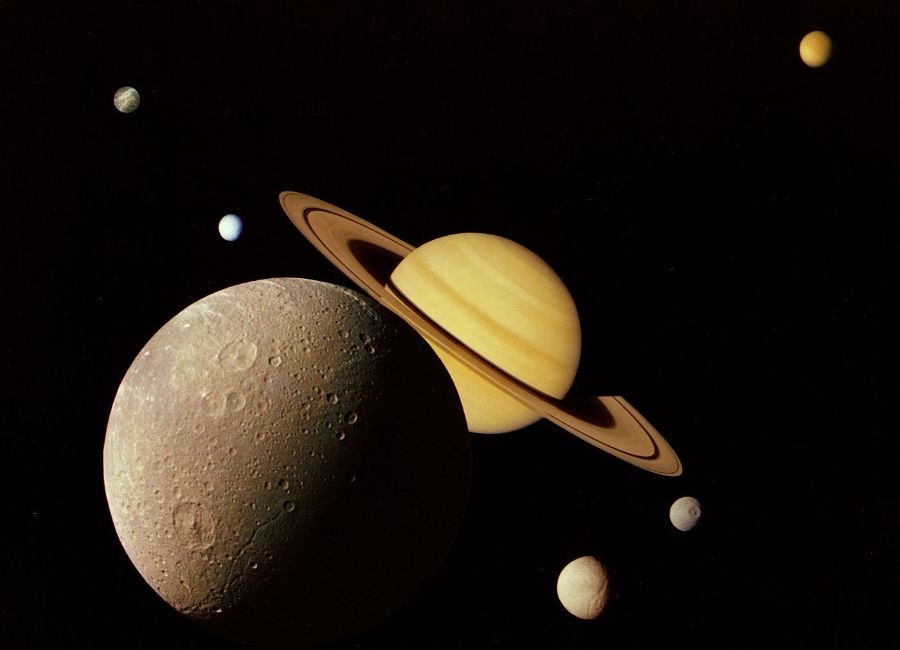
Brothers & Sisters of Cronus: Meet Saturn’s Moons!
Header Image: This montage of images of the Saturnian system was prepared from an assemblage of images taken by the Voyager 1 spacecraft during its Saturn encounter in November 1980. This artist’s view shows Dione in the forefront, Saturn rising behind, Tethys and Mimas fading in the distance to the right, Enceladus and Rhea off […]
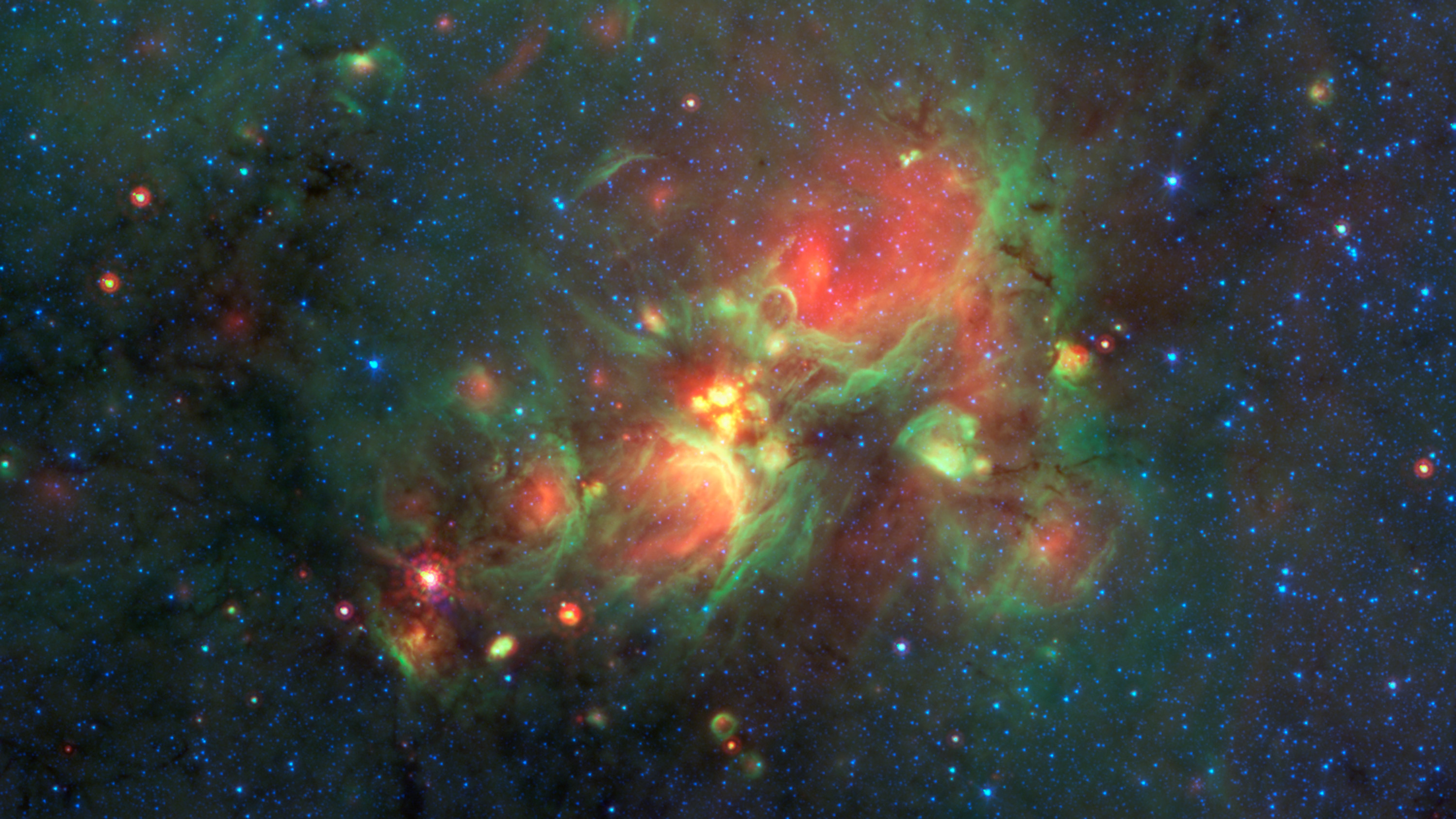
AstroFan: …And They Were All Yellow!
Header Image Credit: NASA/JPL-Caltech “The nitrogen in our DNA, the calcium in our teeth, the iron in our blood, the carbon in our apple pies, were made in the interiors of collapsing stars. We are made of starstuff.” ― Carl Sagan Even if you’re just a novice space enthusiast, I’m sure you’ve heard some variation of […]
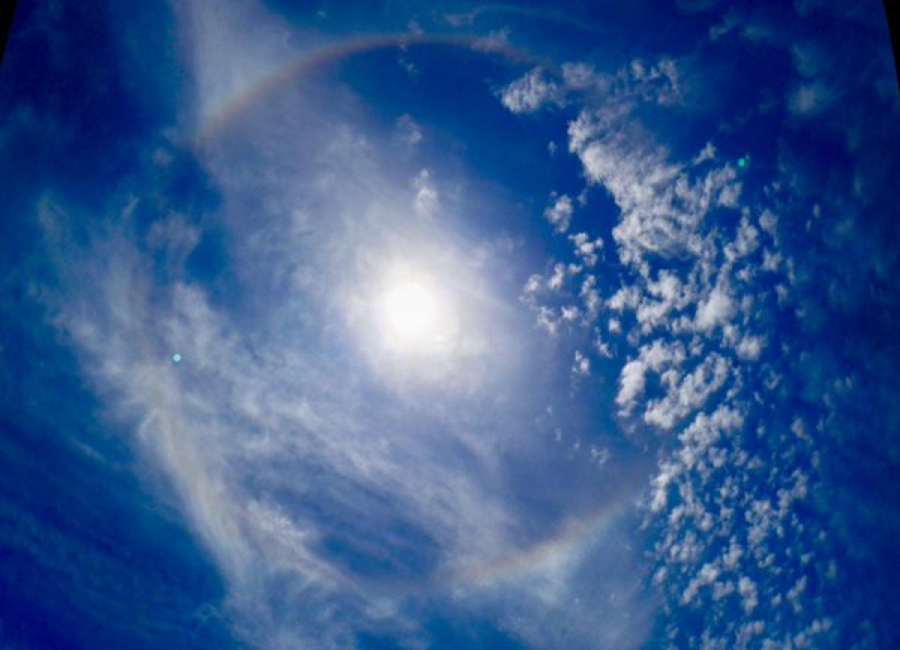
Keep Looking Up
If you receive a letter from me, it will likely end with my favorite call-to-action, “Keep Looking Up.” And, while some have interpreted this phrase to have optimism as its intention, I have a much more literal request in mind. Look Up. Yes, you. Right now. I’ll wait… Chances are you noticed something you hadn’t […]
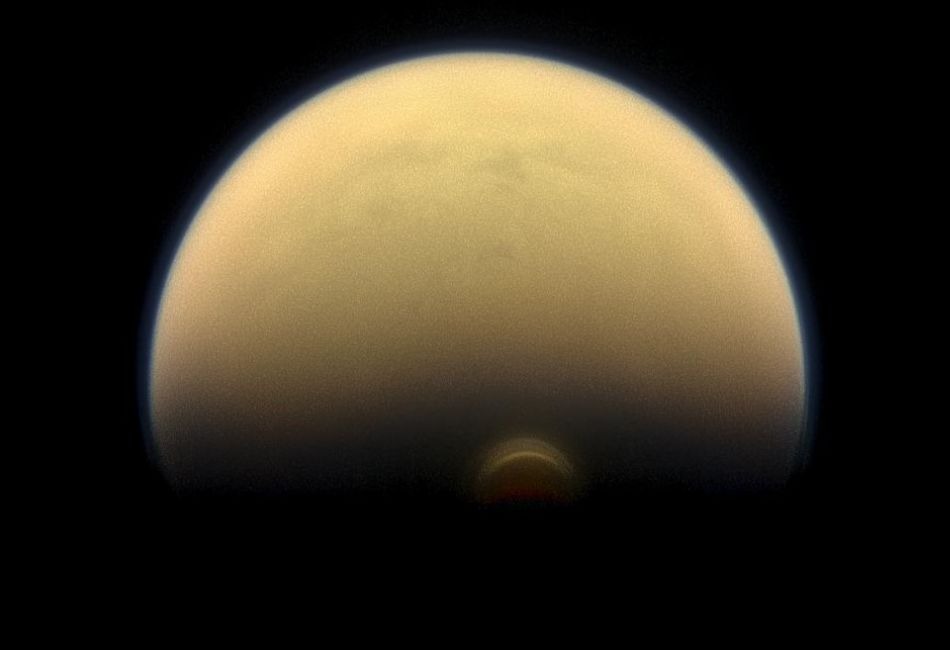
Accidentally in love… with Titan
Header Image: Slipping into shadow, the south polar vortex at Saturn’s moon Titan still stands out against the orange and blue haze layers that are characteristic of Titan’s atmosphere. Photo Credit: NASA/JPL-Caltech/Space Science Institute On the morning of June 27, 2019, NASA announced that a mission called Dragonfly—which will send a drone to explore Saturn’s […]
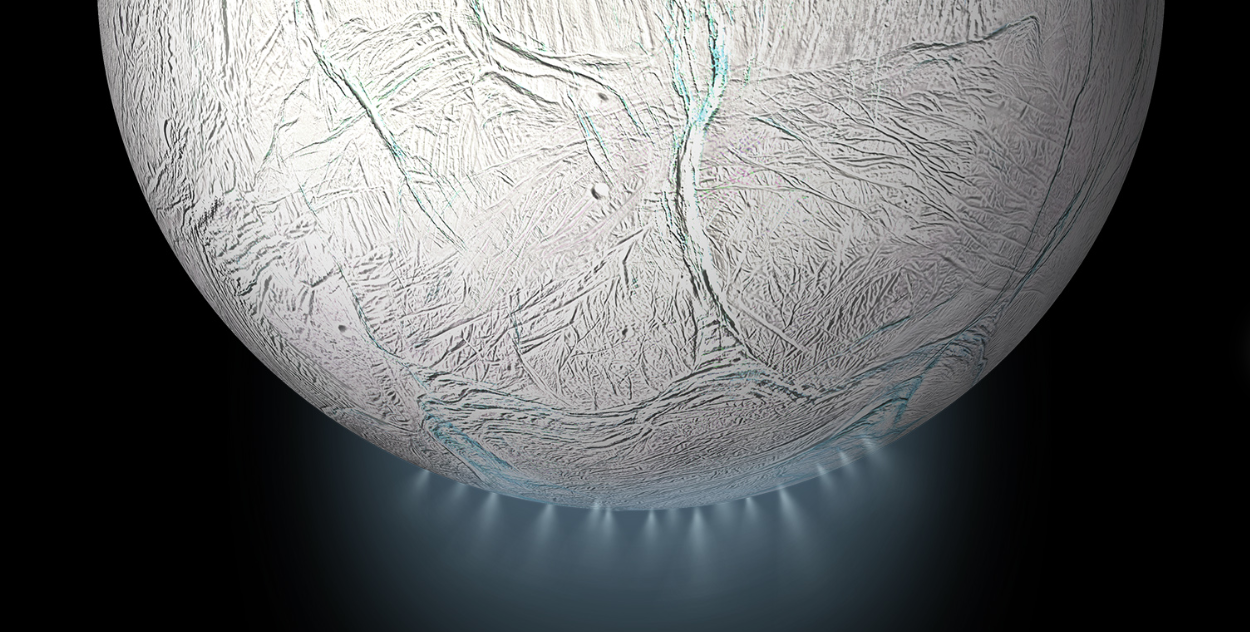
AstroFan: Over the Moon for Enceladus
Header Image Caption: An artist’s rendition of Enceladus, Saturn’s 6th largest moon. Image Credit: NASA/JPL-Caltech This past weekend, the Adler Planetarium celebrated the 50th anniversary of Apollo 11—a mission that brought us to a whole new world, our Moon. It’s pretty undeniable that our Moon is spectacular. It’s our only natural satellite, it’s composed of […]
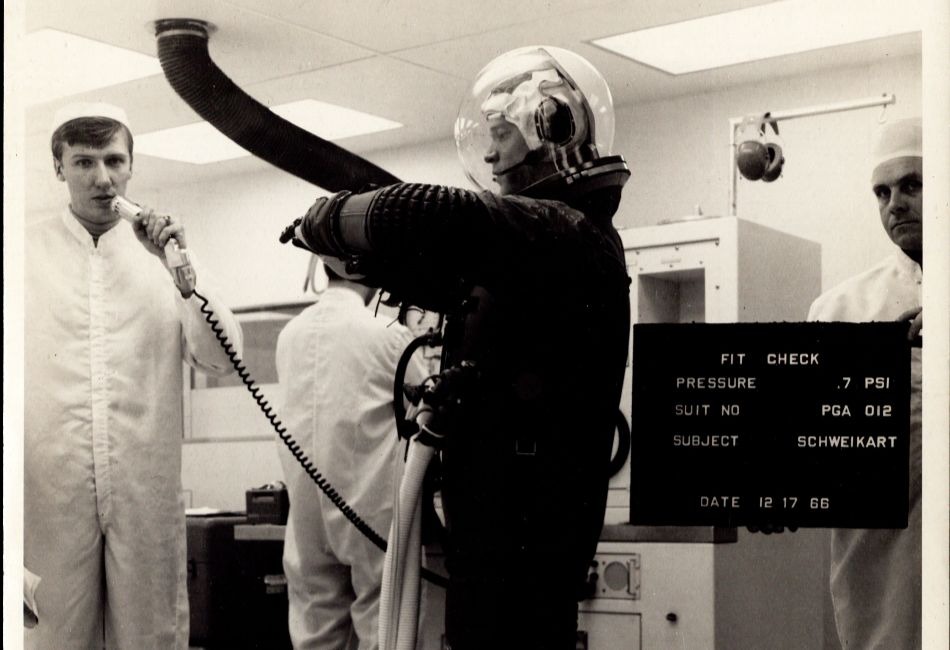
Meet Spacesuit Designer Bob Davidson
Imagine you are called into a meeting about a job. The job is completely different from any job you’ve ever had. It’s not an anxiety dream—this is really happening!—so you do what any responsible, awake person would do: You tell the other people in the meeting you have no idea how to do this job. […]
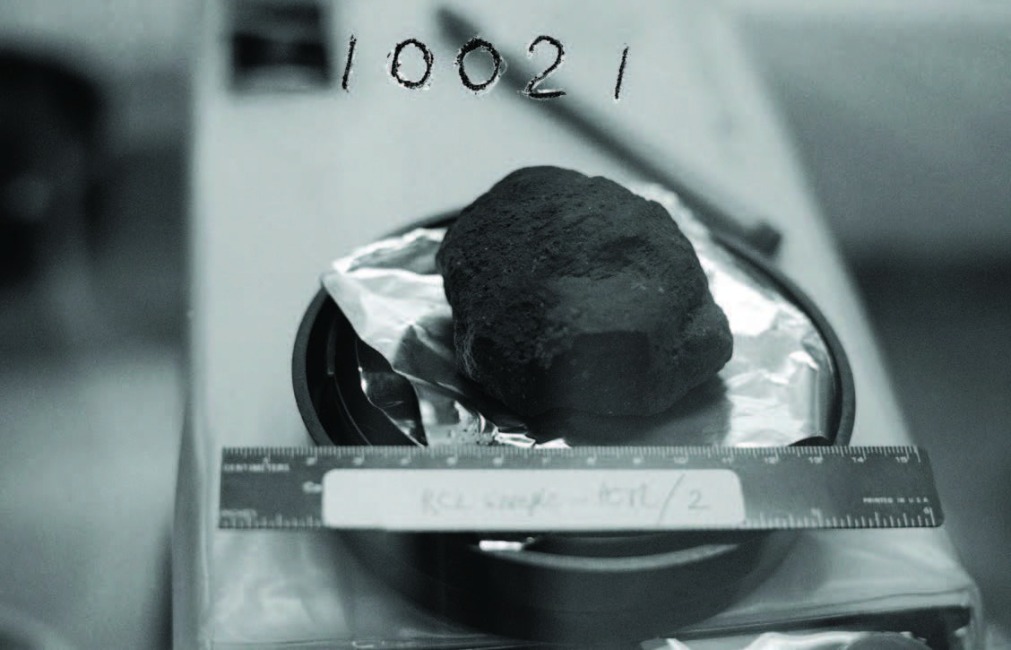
All Over Earth, Collecting Rocks from Space
Header Image: This is probably the first Moon rock picked up by Neil Armstrong as part of the “contingency sample.” Because the collection was so hurried and the documentation sparse, NASA scientists are not completely sure of the identification. Credit: NASA The Apollo missions sent humans to the Moon 50 years ago. Getting there required […]
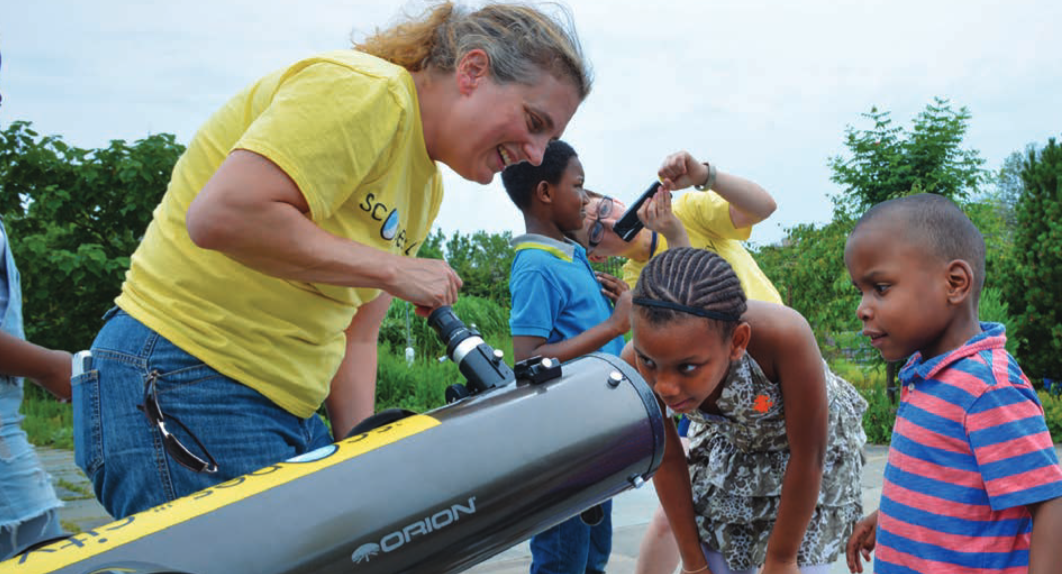
Building Community Under the Stars
In September 2016, we—the Adler’s ’Scopes in the City team—brought a telescope to the Wrightwood-Ashburn library branch on Chicago’s southwest side and set it up in front of the library. This branch has a beautifully clear view of the sky with no tall buildings in the way. A teen involved in other library programs came […]

Tunguska: Unraveling the Mystery
Setting: Tuesday, June 30, 1908, around 7:15 am. A remote forest near the Podkamennaya Tunguska River in Siberia. A large fireball streaks through the sky followed by an intense wave of heat felt up to 40 miles away. A loud explosion. The ground shakes. Silence. If the playwrights of today were to write a theatrical […]




